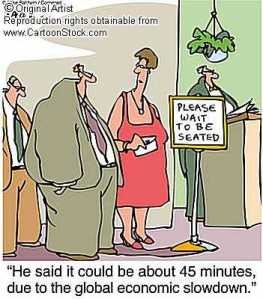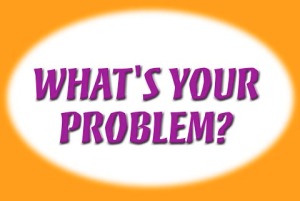In business, they say that information is power. I certainly believe that. It’s like gaining competitive edge over your competitors. We see a lot of service oriented companies in fact use that in their communication strategy. It’s a semblance to information is knowledge. Yes, from a context of being a contribution to others but when you withhold it with a power agenda it becomes selfish.
People who hold information to gain power or superiority over others usually suffer the most obvious consequence – Mistrust from others. It’s lonely and depressing when that happens. Those who suffered the most during the recent financial crisis are the secretive ones who thought they had the right information. Information that were leaning towards greed. It’s winning or the need to win over others.
How else can you detect them?
– Those who exagerates anything without being asked. Most of the time they brag about what they know and make you feel out of touch or from another world.
– We see most of them answering questions with another question, pretending to be smart. It puts them in a disadvantage if they reveal something.
– It may be as subtle as not acknowledging emails, returning phone calls and text messages, specially when you have an idea or an information that could make a difference to the other person. Yup, Im guilty of that. My ego says, “Find it out for yourself.”
A lot of you may still be asking, so what? If you still don’t get that it annoys. Be honest. How do you feel when this things happen to you:
– You arrived at your office only to see that a lot of people are not there. You found out that they’re in a meeting and you were not informed about it.
– Important emails where you were not copy furnished or cc. I just experienced one recently with one of my managers who keeps sending updates to clients without including me in the loop.
Again, you’re not gaining power at all if you withhold. You’re only breeding mistrust and your ego. I really feel sorry for those people. Instead of inspiring others to trust and be open, they become suspicious and detached.
Withholding information is nothing more than a misplaced need to win by yourself. It’s the proverbial Sinatra line- I did it my way.
Three things to win using information: transparency and the impulse to share anything out of gratitude and service. I guess timing too is important. What’s the end result – Trust.



